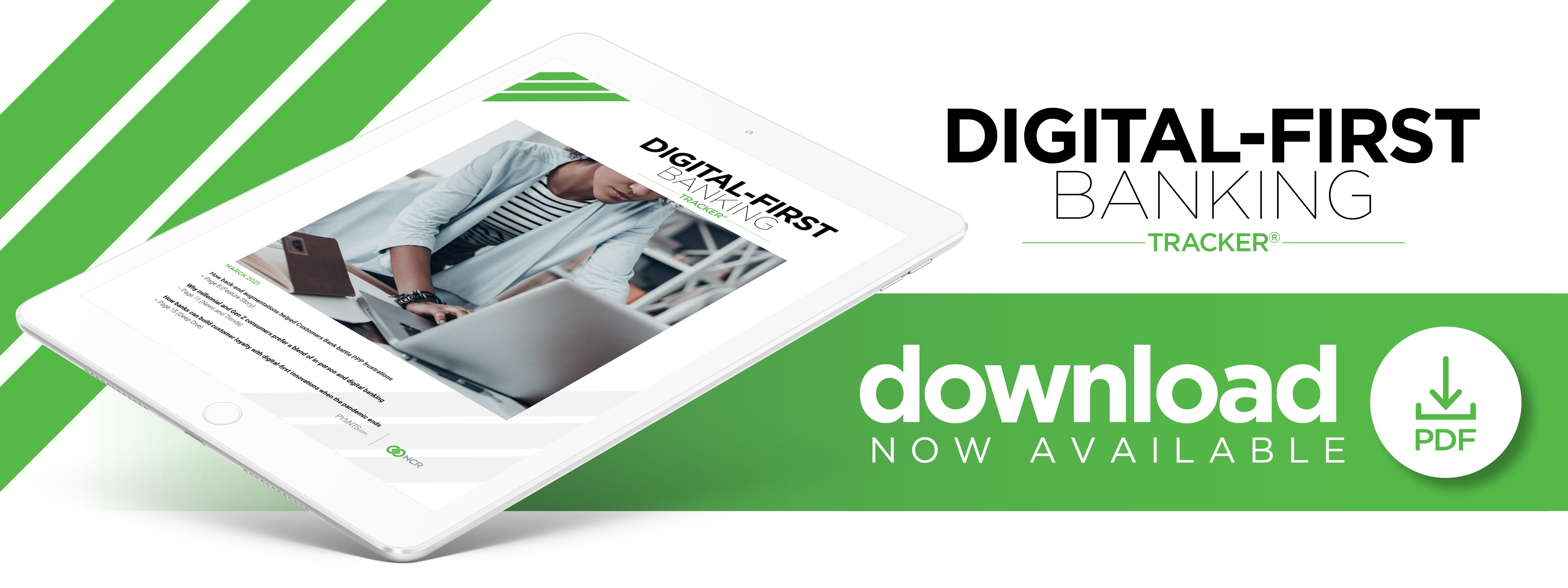Report: Automation And Tight KYC Process Improve SMBs’ Loan Access

 Financial institutions (FIs) are turning their focus to the post-pandemic world and contemplating the measures that will need to be taken in a radically changed environment.
Financial institutions (FIs) are turning their focus to the post-pandemic world and contemplating the measures that will need to be taken in a radically changed environment.
Digital banking will assuredly play a huge role in the industry’s coming years, as 56 percent of current digital banking users will continue to primarily use mobile or online channels for their banking needs, with just 6 percent planning to shift back to in-person banking.
In the March Digital-First Banking Tracker®, PYMNTS explores the latest in the world of digital-first banking, including the adaptations banks made to cope with the pandemic and its side effects, the back-end changes and improvements needed to execute these adaptations and how the industry will move forward in a post-pandemic world.
 Developments From The Digital-First Banking World
Developments From The Digital-First Banking World
Digital banking has become all but ubiquitous over the past year, in part due to the ongoing pandemic and also due to growing digital penetration over the past decade. More than three-quarters of Americans have used their bank’s mobile app within the past year, according to one survey, and just 21 percent said they never use bank apps. This trend is likely to continue even after the pandemic has subsided, with another survey finding that 90 percent of consumers will continue to leverage digital banking in the coming years.
Younger individuals are widely perceived to be more tech-savvy than their older peers, but this is not entirely true when it comes to digital banking. A survey found that while 85 percent of Americans said they use digital tools to conduct some or all of their banking, millennials and members of Generation Z prefer a hybrid in-person/digital banking model instead. Experts say that this is likely due to the fact that younger generations desire a human touch for their financial firsts, such as bill payments or budgeting.
Digital banking has varied usage rates abroad, with some countries taking to it like a d uck to water and others being decidedly more reluctant. Only 7 percent of Japanese consumers said they used new digital banking services, for example, as opposed to the 43 percent of Brazilians who said the same. Brazilian bank customers check their mobile accounts 23 times each month on average, according to a study, and the number of bank accounts opened through mobile channels grew by 66 percent in 2019 alone.
uck to water and others being decidedly more reluctant. Only 7 percent of Japanese consumers said they used new digital banking services, for example, as opposed to the 43 percent of Brazilians who said the same. Brazilian bank customers check their mobile accounts 23 times each month on average, according to a study, and the number of bank accounts opened through mobile channels grew by 66 percent in 2019 alone.
For more on these and other digital-first banking news items, download this month’s Tracker.
How Back-End Augmentations Helped Banks Relieve PPP Challenges
The Paycheck Protection Program (PPP) has been a lifeline for businesses during the pandemic, but the early application processes were fraught with obstacles, such as infuriatingly obtuse fraud detection protocols.
In this month’s Feature Story, PYMNTS talked with Sam Sidhu, chief operating officer for Customers Bank, about how the FI leveraged know your customer (KYC) systems and automated online forms to improve customer experiences and back-end efficiencies.
 Deep Dive: Continuing Digital-First Banking After The Pandemic
Deep Dive: Continuing Digital-First Banking After The Pandemic
Digital banking received a massive shot in the arm over the course of the pandemic, as social distancing made digital services the only way many customers could interact with their FIs. The good news is that customers have been largely appreciative of the change; the bad news is that the onus is now on banks to make sure this goodwill continues even after the pandemic is in the rear-view mirror.
This month’s Deep Dive explores how banks can continue fostering customer loyalty through innovative digital banking initiatives.
About The Tracker
The Digital-First Banking Tracker®, a PYMNTS and NCR Corporation collaboration, is the go-to monthly resource for updates on trends and changes in digital-first banking.